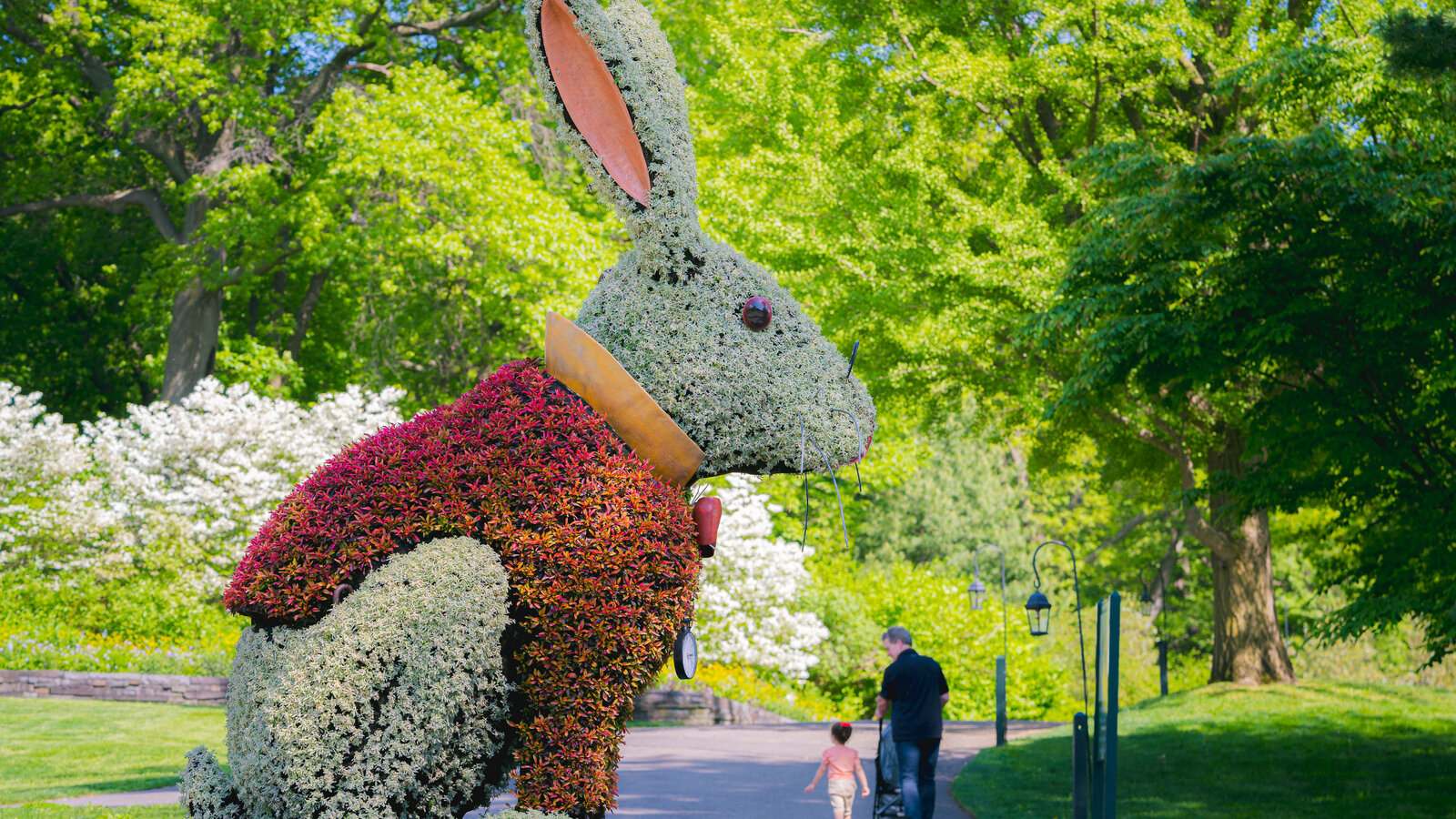Introduction
Botanical gardens serve as vital sanctuaries for plant conservation, education, and research. Among these, the largest botanical garden in the world stands out not only for its vast collection but also for its role in preserving global biodiversity. This article explores the largest botanical garden worldwide, highlighting its significance, unique features, and contributions to science and culture.
Understanding where the largest botanical garden is located and what makes it exceptional helps plant enthusiasts, researchers, and tourists appreciate its grandeur and importance. We will delve into its size, plant diversity, history, and visitor experience, offering a comprehensive overview.
What Is the Largest Botanical Garden in the World?
The Royal Botanic Gardens, Kew, located in London, United Kingdom, holds the title of the largest botanical garden in the world in terms of plant diversity and global botanical research impact. Covering approximately 326 acres (132 hectares), Kew Gardens boasts over 50,000 living plants and an extensive herbarium collection with millions of preserved specimens.
Why Kew Gardens Is Considered the Largest
- Diverse Plant Collection: Kew cultivates plants from nearly every continent, representing a broad spectrum of ecosystems.
- Research and Conservation Hub: It houses one of the world’s largest botanical libraries and research institutions, contributing globally to plant science.
- Heritage and History: Established in 1840, Kew Gardens combines historic landscapes with modern scientific facilities.
Key Features That Define Kew Gardens
Extensive Plant Collections
Kew’s living collections include:
- Tropical rainforest plants in its famous Palm House.
- Rare and endangered species in specialized conservation areas.
- Medicinal plants demonstrating traditional and modern uses.
Scientific Research and Conservation
Kew is a leader in plant taxonomy, ecology, and genetics. Its scientists:
- Identify and classify new species.
- Develop strategies to protect endangered plants.
- Collaborate internationally on climate change impact studies.
Educational Outreach and Visitor Experience
The garden offers:
- Interactive exhibitions and guided tours.
- Workshops and educational programs for all ages.
- Seasonal events highlighting botanical topics.
These initiatives foster public awareness and inspire conservation efforts worldwide.
Other Contenders: Comparing the Largest Botanical Gardens
While Kew Gardens is widely recognized for its plant diversity and scientific impact, other botanical gardens also claim vast sizes or unique qualities:
- Singapore Botanic Gardens: A UNESCO World Heritage site covering 82 hectares, renowned for its tropical plant collections and rainforest.
- Missouri Botanical Garden (USA): One of the oldest botanical institutions in the Western Hemisphere with significant research programs.
- Jardín Botánico de Bogotá (Colombia): Noted for its extensive native plant conservation in South America.
Despite their importance, none match Kew’s combination of size, diversity, and research prominence.
Practical Tips for Visiting the Largest Botanical Garden
If you plan to visit Kew Gardens or any major botanical garden, keep these tips in mind:
- Plan Ahead: Check seasonal highlights and special exhibits.
- Wear Comfortable Shoes: The gardens cover large areas requiring extensive walking.
- Engage with Expert-Led Tours: Gain deeper insights from guides and workshops.
- Respect Conservation Rules: Stay on paths and avoid disturbing plants.
- Visit the Libraries or Exhibitions: Access unique botanical knowledge and displays.
Conclusion
The Royal Botanic Gardens, Kew, stands as the largest botanical garden in the world, celebrated for its unparalleled plant diversity, pioneering research, and rich history. Beyond its impressive size, Kew exemplifies how botanical gardens can serve as living museums, research centers, and educational hubs. Whether you are a scientist, student, or nature lover, exploring Kew Gardens offers invaluable insights into the vital role plants play in sustaining our planet.
As botanical gardens continue to evolve, their global importance in biodiversity conservation and climate science grows. Visiting and supporting these green spaces encourages a deeper connection with nature and promotes sustainable stewardship of our natural heritage.
